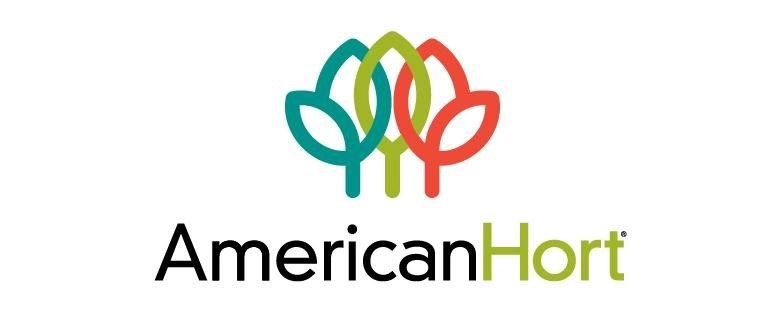
Nurturing new hires
Your company is only as good as your people, and your people are only as good as the training you provide.
The success of any organization hinges on the growth and development of its most valuable asset — its employees. A well-structured employee development
plan can help companies reduce turnover rates, increase employee retention and ensure that their workforce starts on the right foot.
AmericanHort explored employee development in a recent webinar program moderated by Neal Glatt of GrowtheBench.com and a panel of industry experts, including Liz Lark-Riley, senior customer relationship manager, Mahoney’s Garden Centers; Heather Ruiz, director of People and Culture, Natura; Jennifer Moss, CEO, Moss Greenhouses; and Monique Allen, founder and creative director, The Garden Continuum.
KEYS TO EMPLOYEE DEVELOPMENT
Through their experiences hiring and managing employees, they established keys to employee development: orientation, onboarding and on-the-job training.
Orientation
Glatt noted employees are never more engaged than
on their first day, so managers should cultivate their potential. On the first day, new hires should have a chance to meet everyone on the team and learn how their role fits within the company.
Lark-Riley believes creating a structured first day is important so new employees are not overwhelmed. She provides time to meet with department heads and takes them to lunch to get to know them personally.
“We’ve found that if we can give people a really good first day (with) an opportunity to meet everyone,” Lark- Riley said. “Then that sets us off on the right foot for a really great working relationship going forward.”
Ruiz takes the time to share the company’s mission, values and goals. She said new hires can become more invested in their role by understanding a company’s history — and it creates an emotional connection to core values in an organization.
Onboarding
There is a difference between orientation, which is meeting colleagues and completing paperwork, and onboarding, which should be the start of job training.
“We create an entire schedule for the first 30 days, broken down by minutes. It can be 45 minutes of training here (or) 55 minutes of training there,” Ruiz said. “(It is) sent to the employee two days before their start date to give them an introduction into what exactly is going to be expected of them.”
On-the-job training
Employees learn best by doing, and providing opportunities for hands-on learning can enhance their skills. A simple model of show, do, review and teach has worked for Lark-Riley. Explain how to do a job and then demonstrate it. Next, have them do the job and review the results together. Finally, ask them to teach you.
OTHER CONSIDERATIONS
Incorporating technology into training can be particularly beneficial. Moss collaborated with a staff member with writing and video skills to create interactive videos for new hires that cover onboarding and safety training across the operation.
“The new generation of employees is the TikTok and YouTube generation. How do they communicate? Video,” Moss said. “You have 30 seconds or two minutes of attention span, so you have to be able to capture them right away.”
These insights and much more were part of AmericanHort’s recent online program — Industry Insider: Training Tools & Programs. AmericanHort members can access the recording of this program at HortKnowledgeCenter.org.
Interested in learning more on this topic? Check out AmericanHort’s Mastery Series: Retaining Employees Through Development. Neal Glatt from GrowTheBench. com led this series live in September, and the recordings can now be purchased by visiting AmericanHort.org/ Employee-Development-Mastery-Series
For more information about our other upcoming educational programs at AmericanHort.org/Education.


 Video Library
Video Library 




















